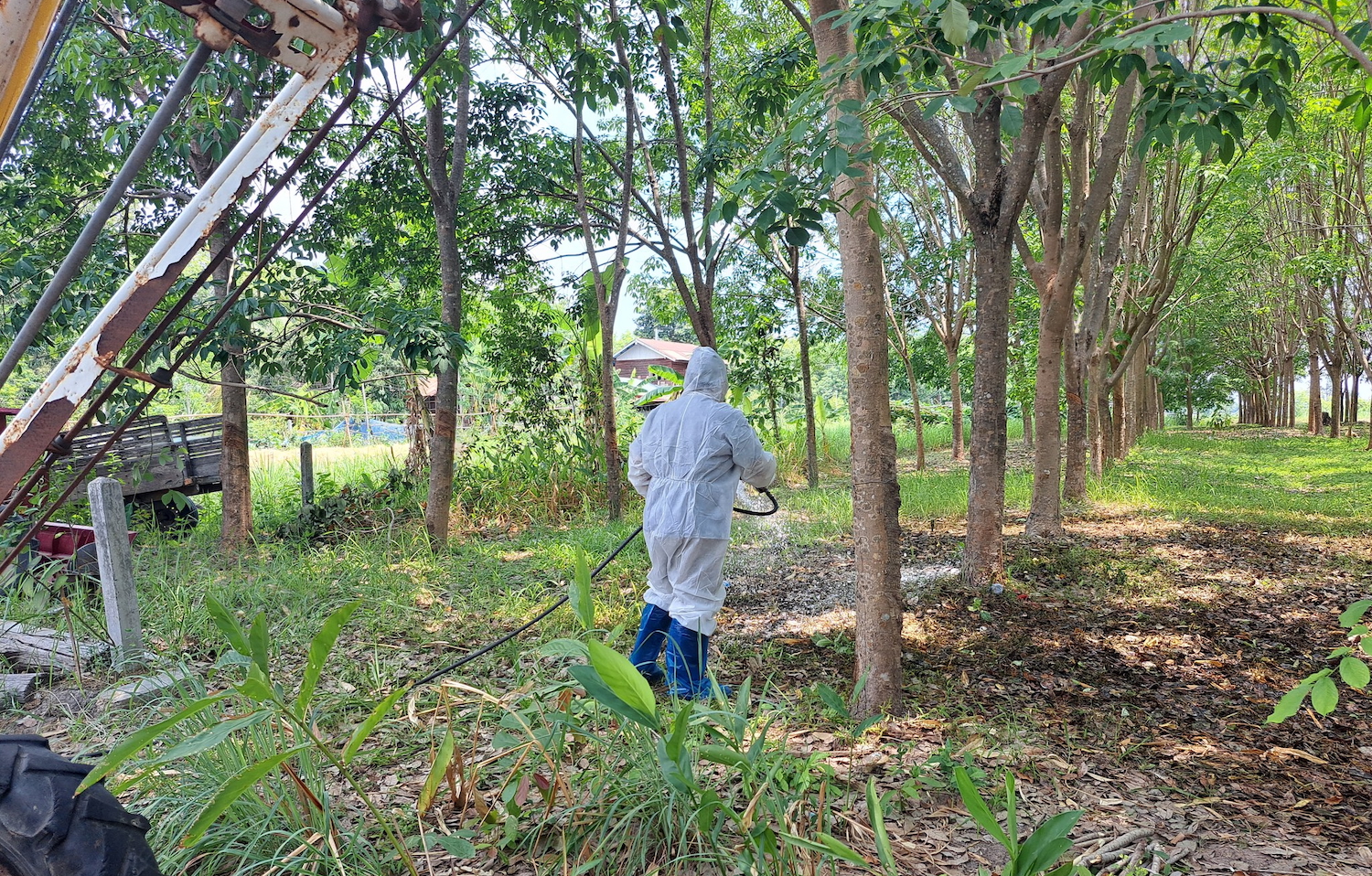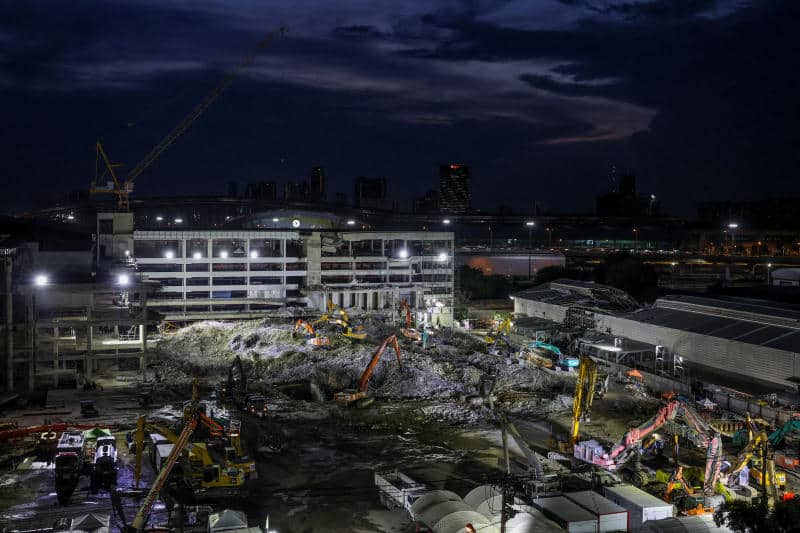First Anthrax Death in 30 Years Shocks Thailand
Understanding the Significance of Thailand’s Anthrax Case
Thailand has recorded its first anthrax-related death in over three decades, marking a rare and concerning public health event. The incident has drawn attention to the bacterial disease, which is uncommon in humans but can be deadly if untreated. Authorities are now investigating the case to prevent further spread and ensure public safety.
What is Anthrax and Why is it Dangerous?
Exploring Anthrax: A Rare but Deadly Bacterial Infection
Anthrax is caused by Bacillus anthracis, a bacterium found in soil and commonly affecting livestock. Humans can contract it through contact with infected animals, contaminated products, or, in rare cases, inhalation of spores. The disease’s severity depends on the exposure type, with inhalation anthrax being the most lethal. This recent fatality underscores the need for awareness and vigilance.
Public Health Response to Thailand’s Anthrax Case
How Thailand is Addressing the Anthrax Fatality
Following the confirmed death, Thai health officials have launched an investigation to trace the source of the infection. Measures include monitoring livestock, testing potentially contaminated areas, and educating communities about anthrax risks. The government is also ensuring access to antibiotics and vaccines for high-risk groups to curb any potential outbreak.
Preventive Measures and Global Context
Staying Safe: Anthrax Prevention in Thailand and Beyond
To prevent anthrax, experts recommend avoiding contact with sick or dead animals, using protective gear when handling livestock, and reporting unusual animal deaths. While anthrax is rare globally, sporadic cases occur in regions with limited veterinary oversight. Thailand’s swift response highlights the importance of preparedness in managing such infectious diseases.









